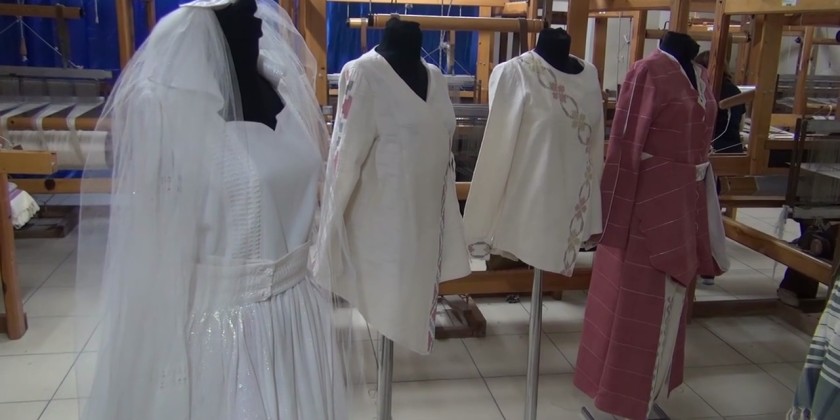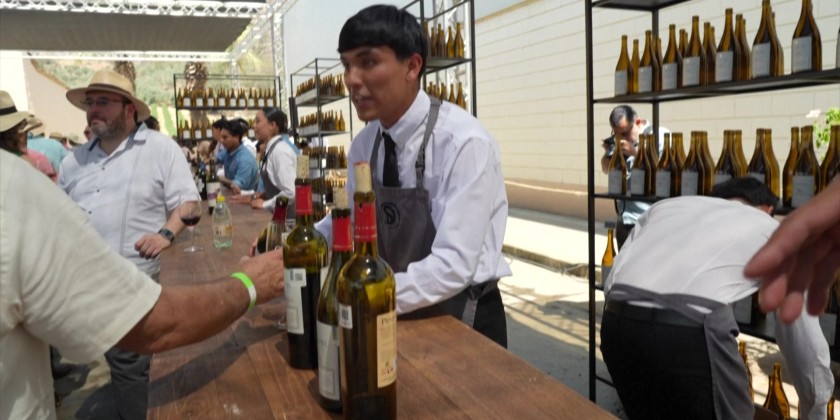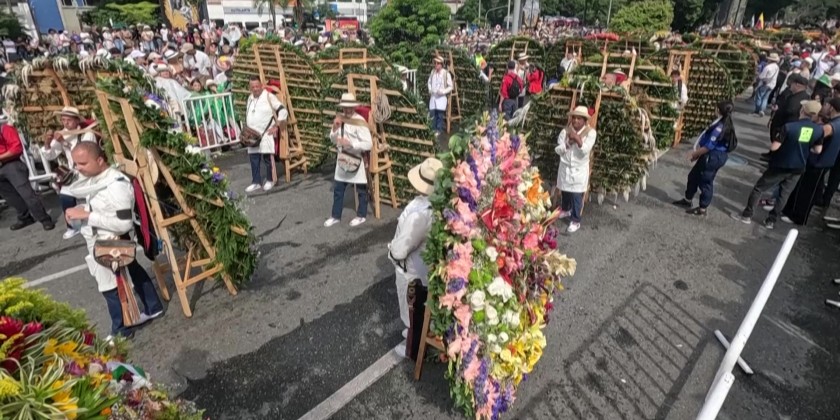Türkiye’s longstanding textile centers has been a hub of weaving culture
Excavations in the region have unearthed primitive weaving tools dating back to 5600–5400 BCE, providing evidence of the area’s deep-rooted connection to textile craftsmanship. The importance of weaving in Burdur grew significantly during the Ottoman Empire, and today, the region continues to sustain this tradition through the production of Alaca Weaving—a key source of livelihood for local communities.
With its fine and soft texture, Burdur Alaca Weaving is regarded as a piece of cultural heritage passed down from generation to generation. At the Public Education Center in Burdur, this traditional craft is being revived through workshops and weaving looms, where local women come together both to preserve the art and contribute to their family income.
From table and coffee table covers to scarves, shawls, bread cloths, shirts, peshtemals, hand towels, napkins, slipper fabrics, and even wedding dresses, Alaca Weaving is used to create a wide variety of handmade textile products.
mitv







